What is a 'Cassone Nuziale'
What is a "Cassone Nuziale"?
A Cassone is a Renaissance wedding chest. They usually were commissioned in pairs and filled with the dowry of the future wife. In patrician families the dowry consisted in a good collection of house hold linens and cloths. The "cassoni" were decorated with the two family crests and with mythological or holy scene as a wish of fertility: in fact the inner decoration, usually depicts nudes or triumphs.
The wedding chests had two main functions:
1.To show the richness of the families through a procession that started from the house of the future wife to finish in front of the one of the future husband. The cassone was moved in this occasion from one house to the other.
2. At its arrival, the furniture was positioned in the bedroom and it became a bench.
In the Accademia gallery, you can observe part of a wedding chest (or probably a wooden wall decoration) decorated in 1450.by "Lo Scheggia", Masaccio's brother. The cassone - the most famous in Florence - is called "Cassone Adimari", because it portrays the marriage between an Adimari and a Ricasoli member. The scene takes place in front of the Baptistery, the Romanesque building in the background, in Corso Adimari where the aristocratic family had its properties. As you can notice, the representation still refers to a Gothic style because people are depicted according to their importance. This is why under the porch on the left servants are smaller than the guests on the right, even if both of them are situated in the foreground of the scene. In the centre of the scene it is visible one of the XII century doors of the Florentine city walls called "Porta di Balla" that today doesn't exist anymore.
You can find other wedding chests in the Bargello museum, in Palazzo Davanzati, in the Bardini and in the Horne museum.
In the Horne museum there are two important panels, part of two old wedding chests visible in the photos below.
The wedding chests had two main functions:
1.To show the richness of the families through a procession that started from the house of the future wife to finish in front of the one of the future husband. The cassone was moved in this occasion from one house to the other.
2. At its arrival, the furniture was positioned in the bedroom and it became a bench.
In the Accademia gallery, you can observe part of a wedding chest (or probably a wooden wall decoration) decorated in 1450.by "Lo Scheggia", Masaccio's brother. The cassone - the most famous in Florence - is called "Cassone Adimari", because it portrays the marriage between an Adimari and a Ricasoli member. The scene takes place in front of the Baptistery, the Romanesque building in the background, in Corso Adimari where the aristocratic family had its properties. As you can notice, the representation still refers to a Gothic style because people are depicted according to their importance. This is why under the porch on the left servants are smaller than the guests on the right, even if both of them are situated in the foreground of the scene. In the centre of the scene it is visible one of the XII century doors of the Florentine city walls called "Porta di Balla" that today doesn't exist anymore.
You can find other wedding chests in the Bargello museum, in Palazzo Davanzati, in the Bardini and in the Horne museum.
In the Horne museum there are two important panels, part of two old wedding chests visible in the photos below.
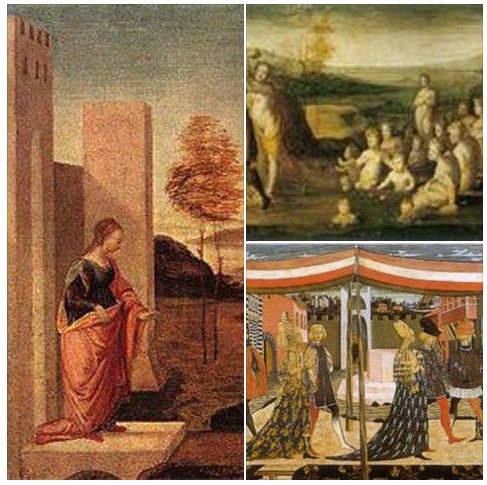
Filippino Lippi (Botticelli's pupil) 1475, "The queen Vasti is leaving the royal palace";
Domenico Beccafumi 1520 "Deucalione and Pirra" from the Metamorphosis by Ovidio: it underlines the role of the couple to originate a new ancestry.
"Cassone Adimari", Accademia gallery
Altri articoli
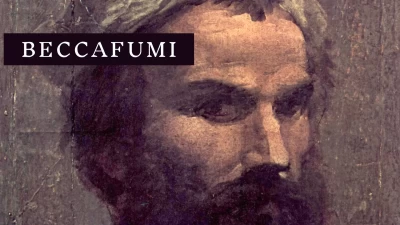
Domenico di Jacopo di Pace, Beccafumi
Influenced by Florentine culture, he studied in Rome from 1510 to 1512, where he was inspired by Michelangelo and Raphael.
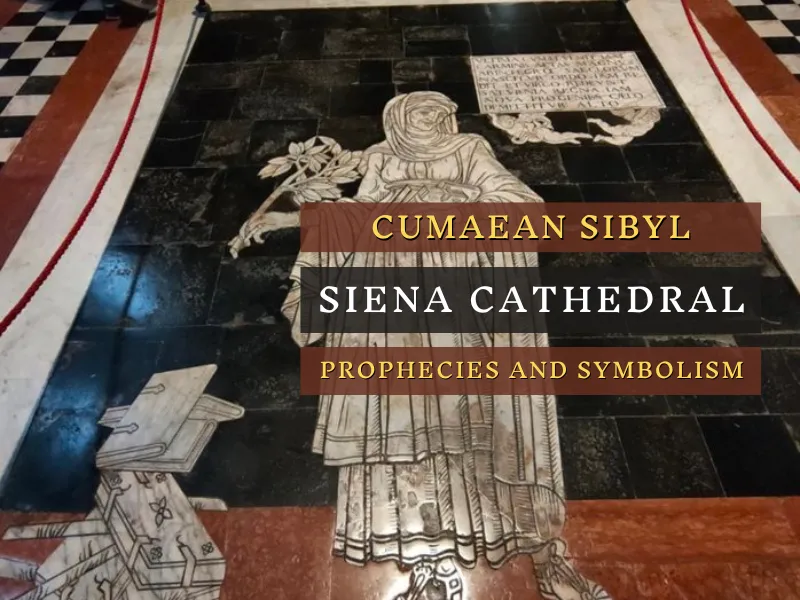
The Cumaean Sibyl
An artistic representation of past prophecies
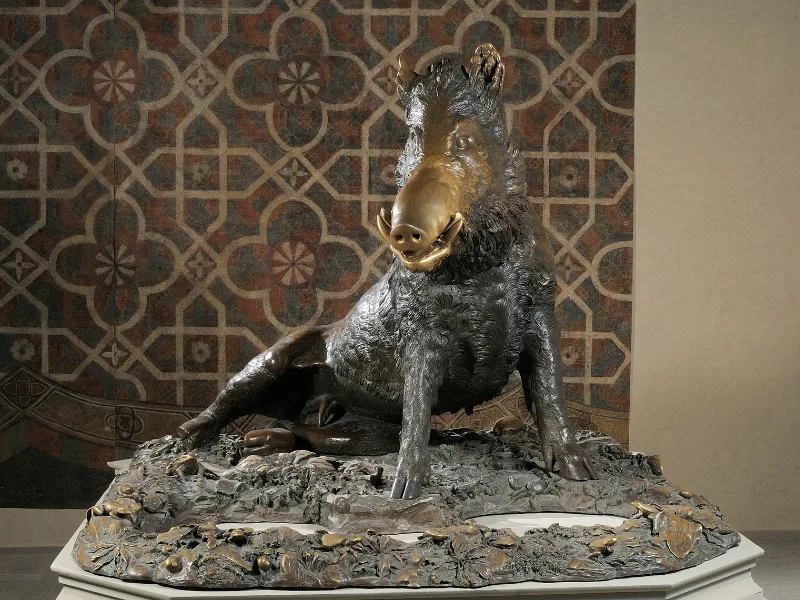
Stefano Bardini
Bardini was a promoter of the Renaissance myth in fact he contributed to the re-discovery of Florentine art.
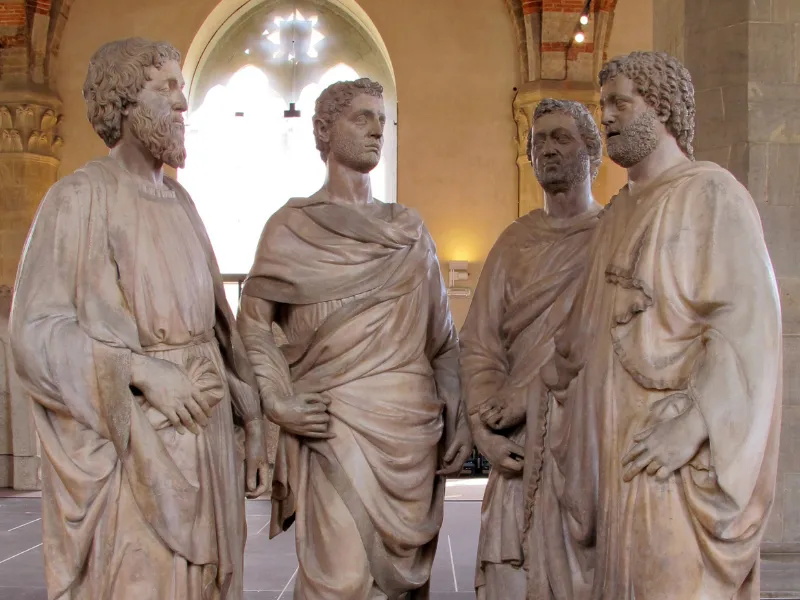
A museum inside e church
The museum completes inside one of the most unusual churches of Florence even for its shape.

